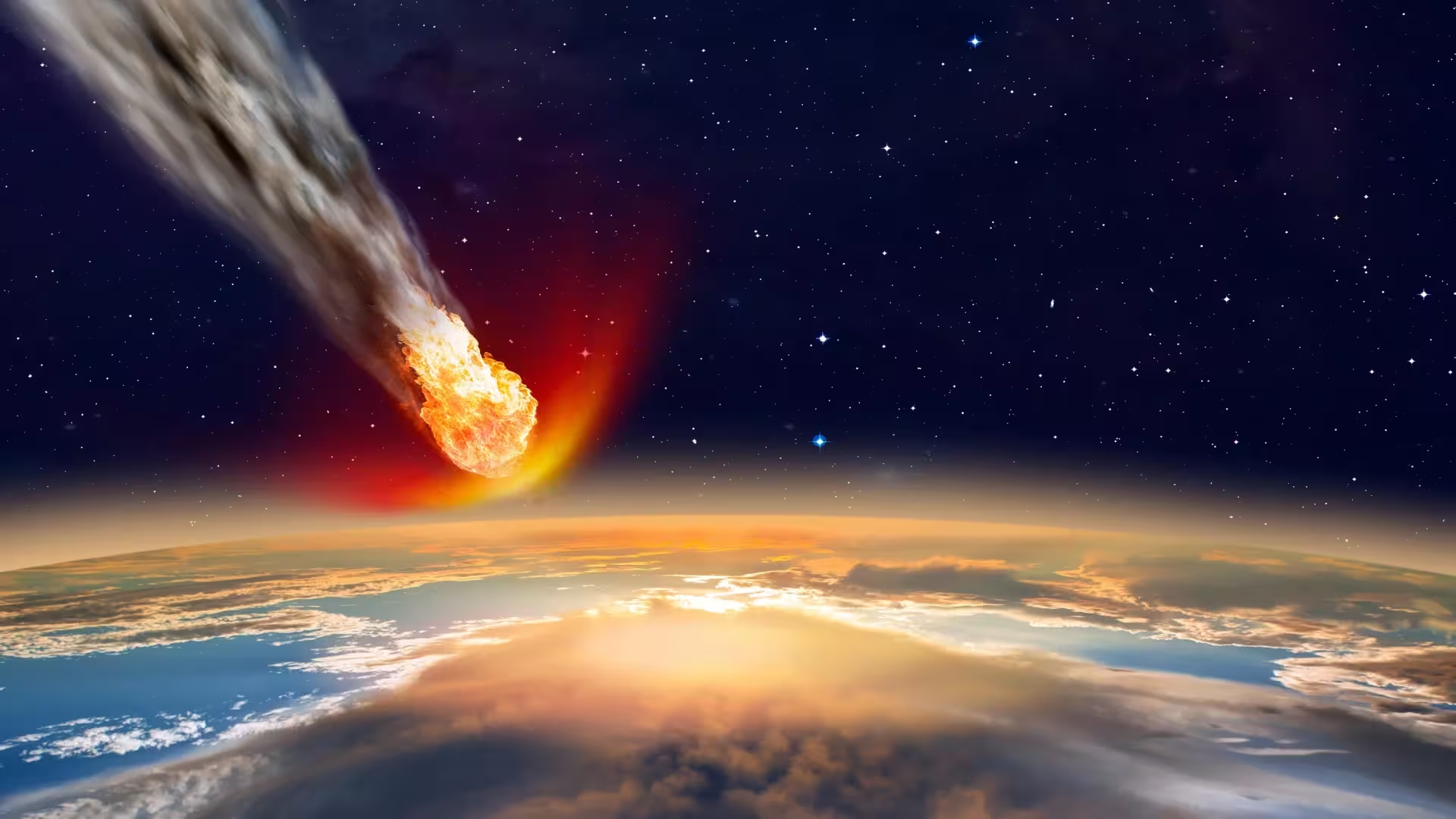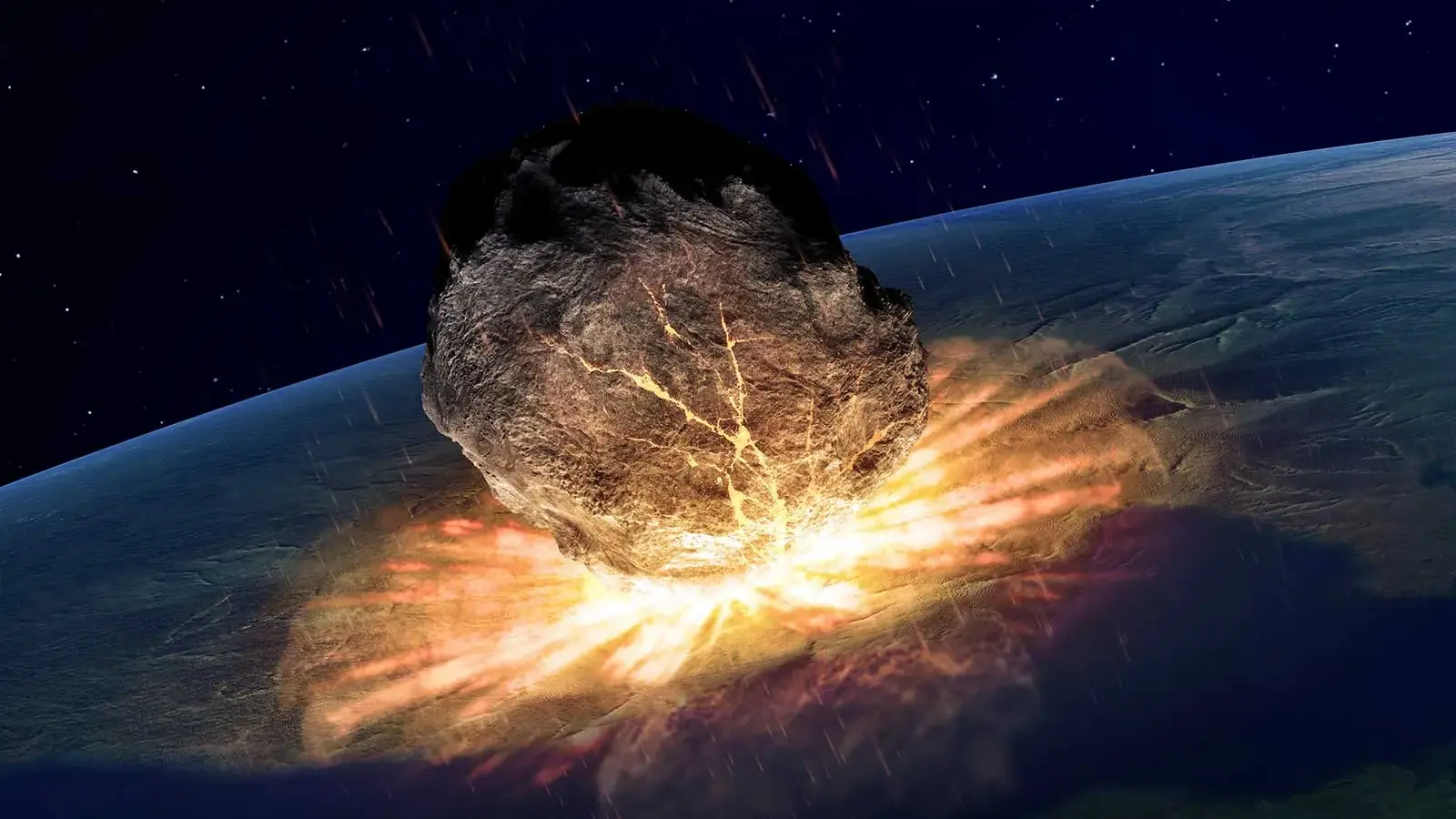4 Minutes
Tiny glass fragments uncovered in South Australia point to a violent asteroid strike roughly 11 million years ago — an event that left few obvious traces except for scattered tektites. Tiny glass fragments found in South Australia reveal evidence of a massive asteroid impact from 11 million years ago. The unique tektites mark an undiscovered event that reshapes our picture of Earth’s violent past.
A missing crater and a new chapter in Earth’s history
Researchers reporting from Curtin University and partners in France have identified a previously unknown field of tektites — natural glass formed when meteorites vaporize and melt target rocks on impact. These glassy fragments, recovered across parts of South Australia, are chemically distinct and far older than the well-known Australasian tektite strewn field.
Lead researchers dated the material to about 11 million years ago. That age, together with unique chemical fingerprints, indicates these tektites record a separate, large-scale impact that scientists had not recognized until now. What makes the discovery especially puzzling is the absence of a corresponding crater: the primary bowl-shaped scar that would normally reveal where the asteroid struck remains undiscovered.
How tektites tell a story
Tektites form when an energetic impact melts surface rocks and ejects molten droplets into the atmosphere; these droplets cool and solidify into glass during ballistic flights before falling back to Earth. Because tektites inherit the chemistry of the source rock and the timing of the impact, they act as tiny, durable time capsules.

"These glasses are unique to Australia and have recorded an ancient impact event we did not even know about," said Professor Fred Jourdan of Curtin’s School of Earth and Planetary Sciences. "They formed when an asteroid slammed into Earth, melting surface rock and scattering debris for thousands of kilometers. These tiny pieces of glass are like little time capsules from deep in our planet's history."
Anna Musolino, a PhD student at Aix-Marseille University and lead author on the study, noted the chemistry and age set these tektites apart. "They record a completely separate impact event from the famous Australasian tektite-strewn field," she said. The Australasian event occurred about 780,000 years ago and scattered material over half the globe. By contrast, the newly reported tektites are much older and geographically constrained so far to South Australia.
Why scientists care: implications for geology and planetary defense
Finding evidence of a large, previously undocumented impact has two important implications. First, it revises our understanding of Earth’s bombardment history during the Miocene epoch and helps refine impact frequency estimates for large asteroids. Second, every recovered impact record informs planetary defense strategies by improving models of how often—and how severely—Earth may be struck.
Emeritus Professor Pierre Rochette from Aix-Marseille University, who co-led the broader research project, emphasizes that studying ancient impacts helps both geological reconstruction and modern risk assessment. The next steps include broad geochemical surveys, targeted fieldwork to extend the strewn field map, and remote-sensing searches for buried or heavily eroded craters that could match the tektite age and composition.
What scientists will look for next
- Expanded sampling across South Australia to map the full strewn field.
- High-resolution geophysical surveys (magnetics, gravity) to detect a buried crater.
- Comparative geochemistry to link tektites to local bedrock and pinpoint a source region.
Discoveries like this remind us that Earth's surface still holds surprises: impact events that reshaped regional landscapes can leave subtle traces, and it takes careful detective work to read that record. For now, the missing crater remains a scientific mystery — and a powerful incentive to keep looking.
Source: sciencedaily


Leave a Comment